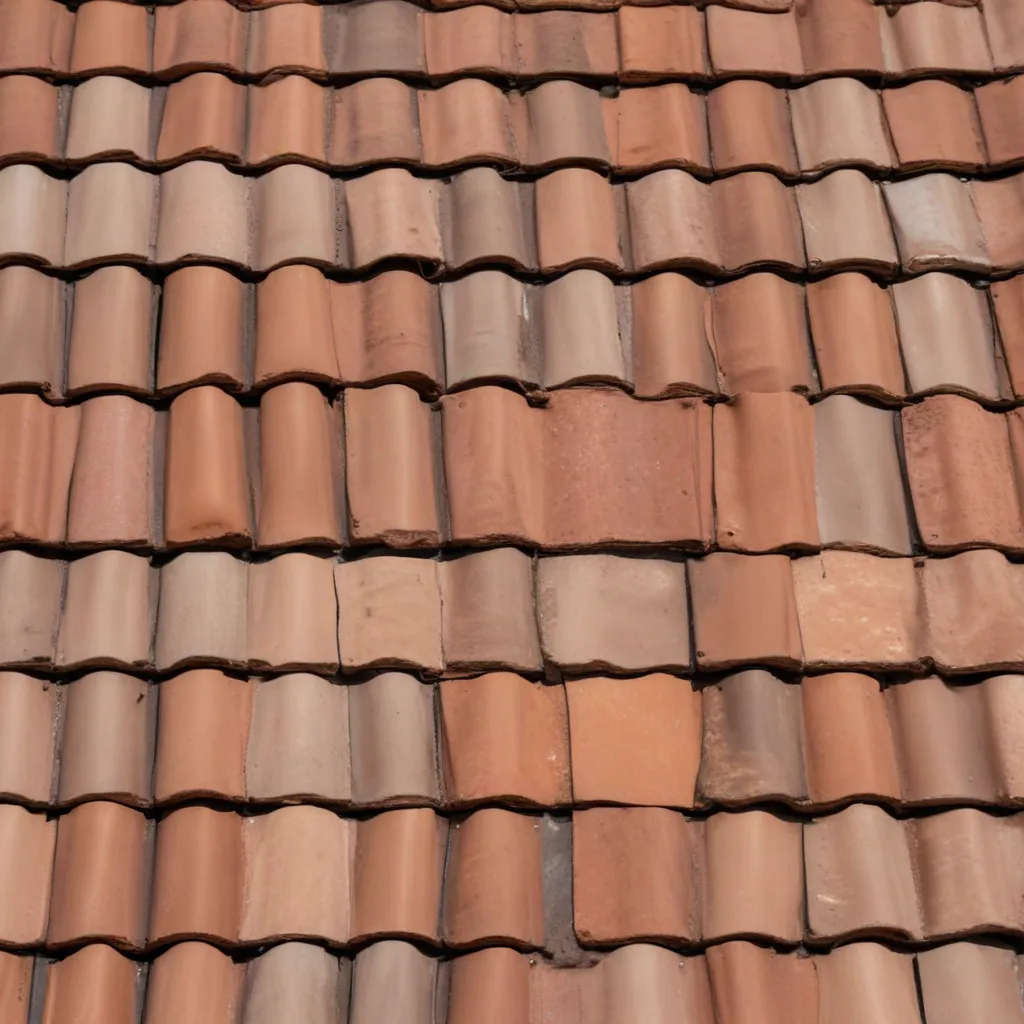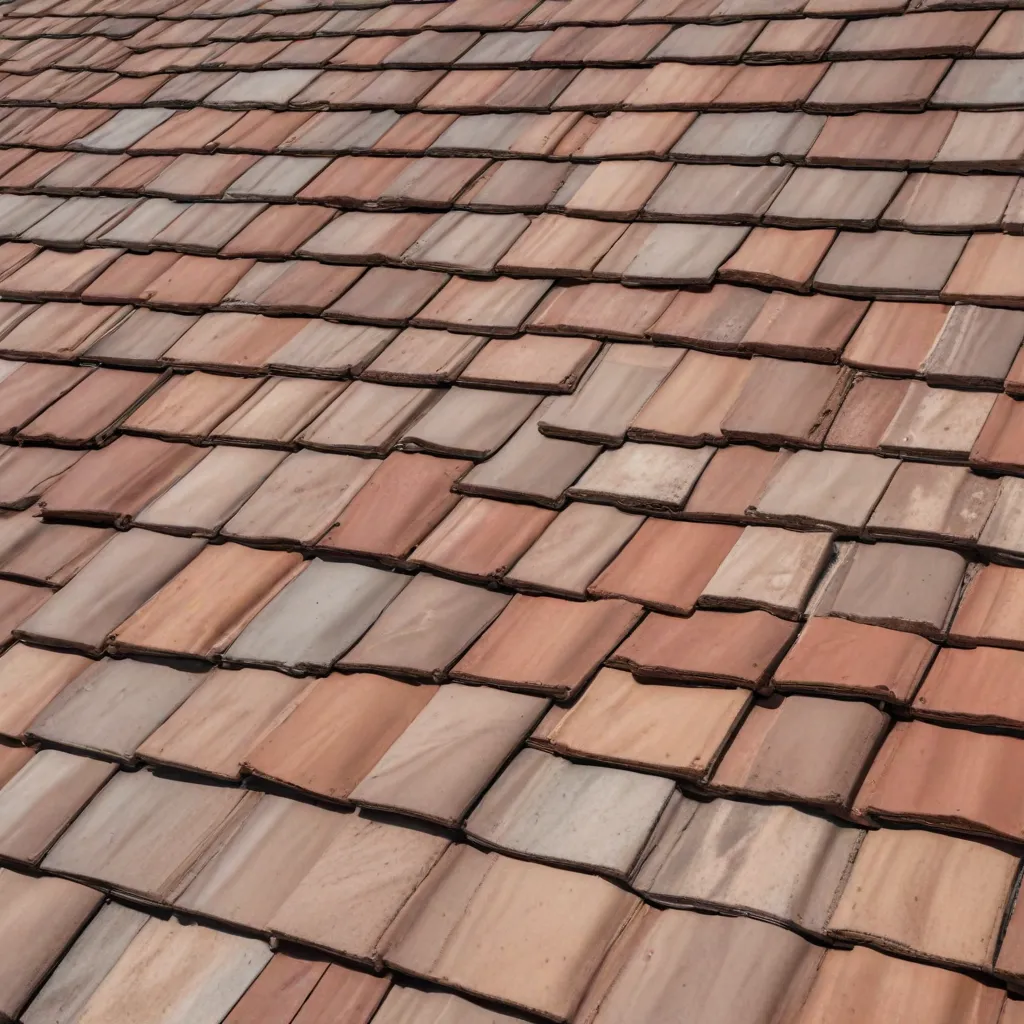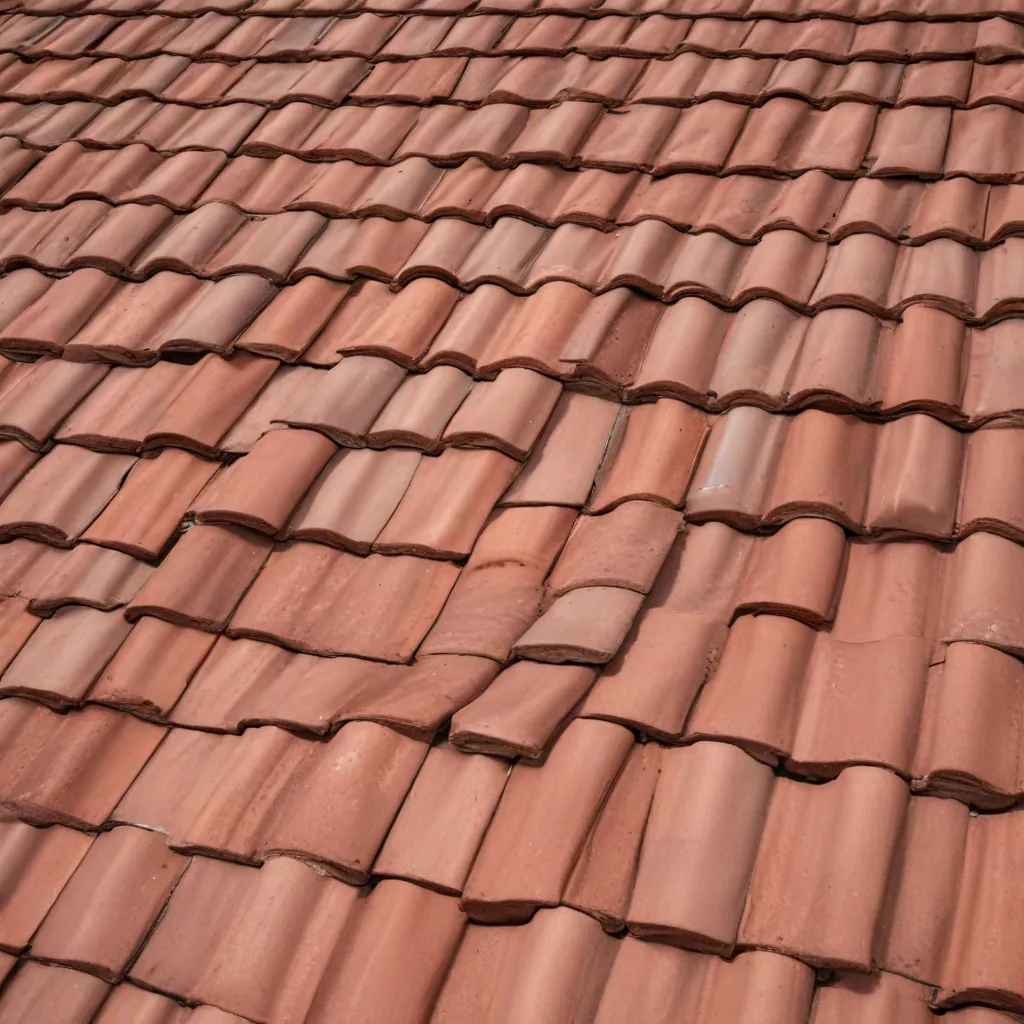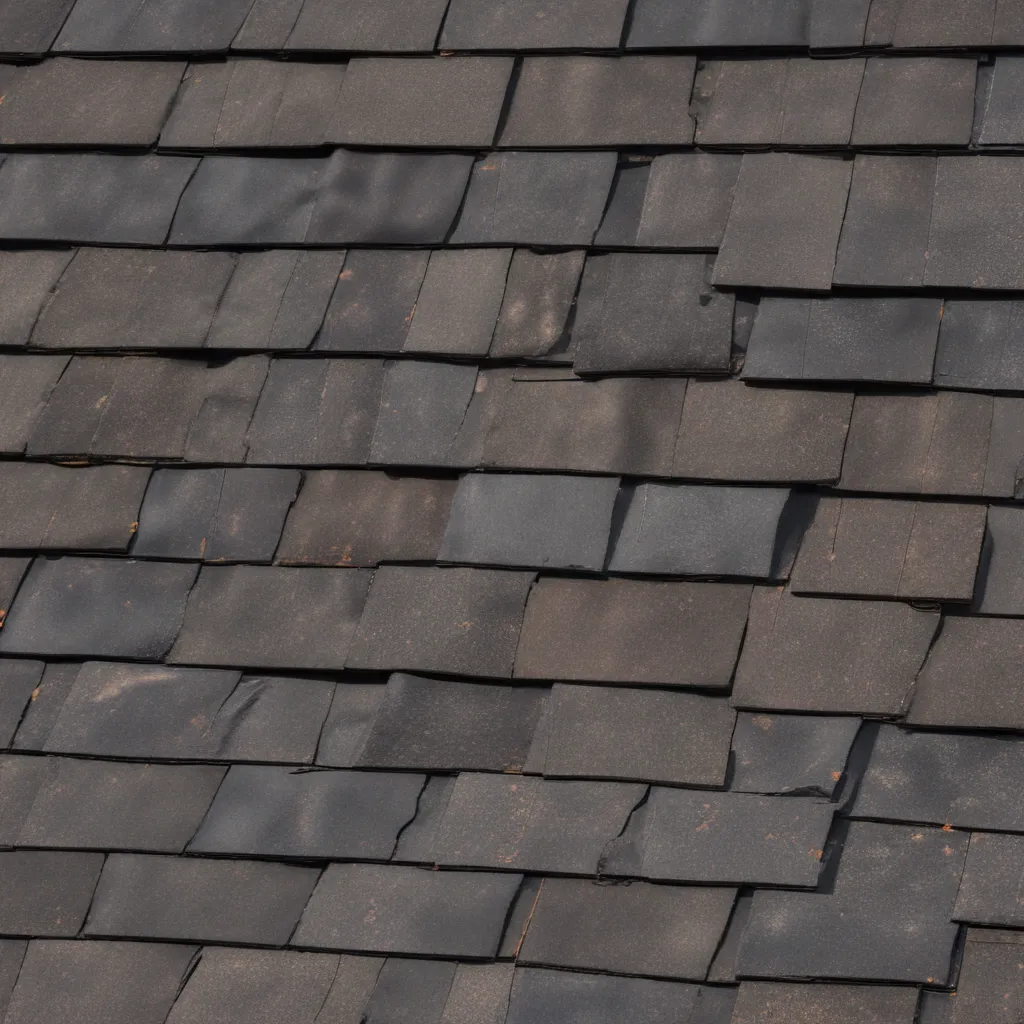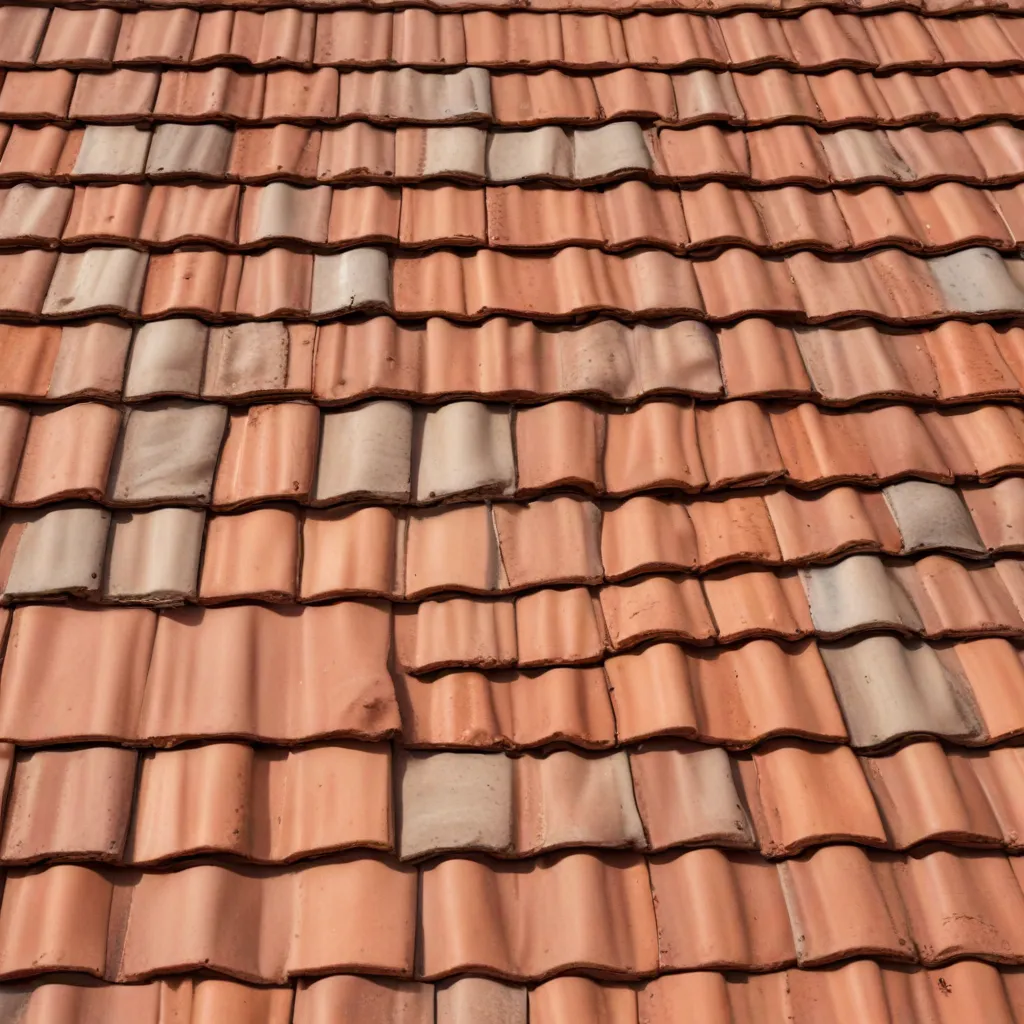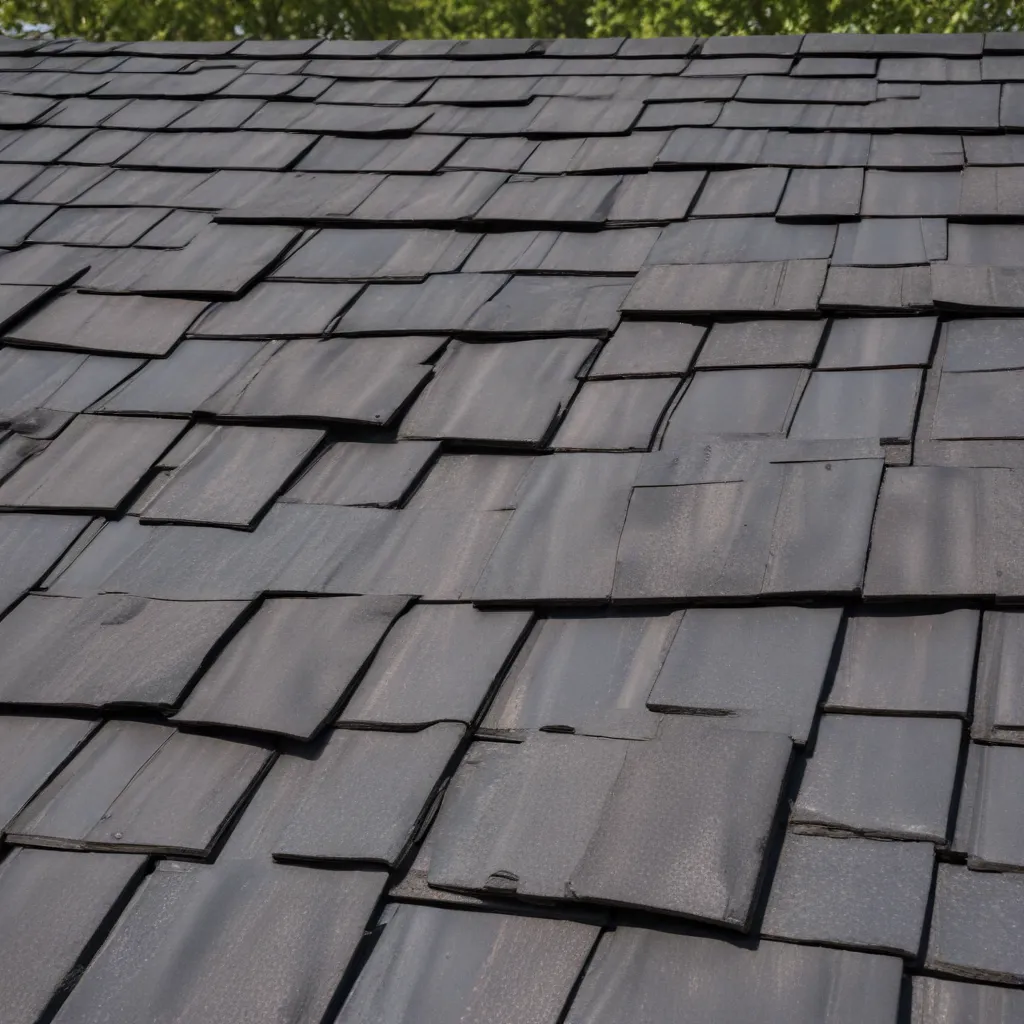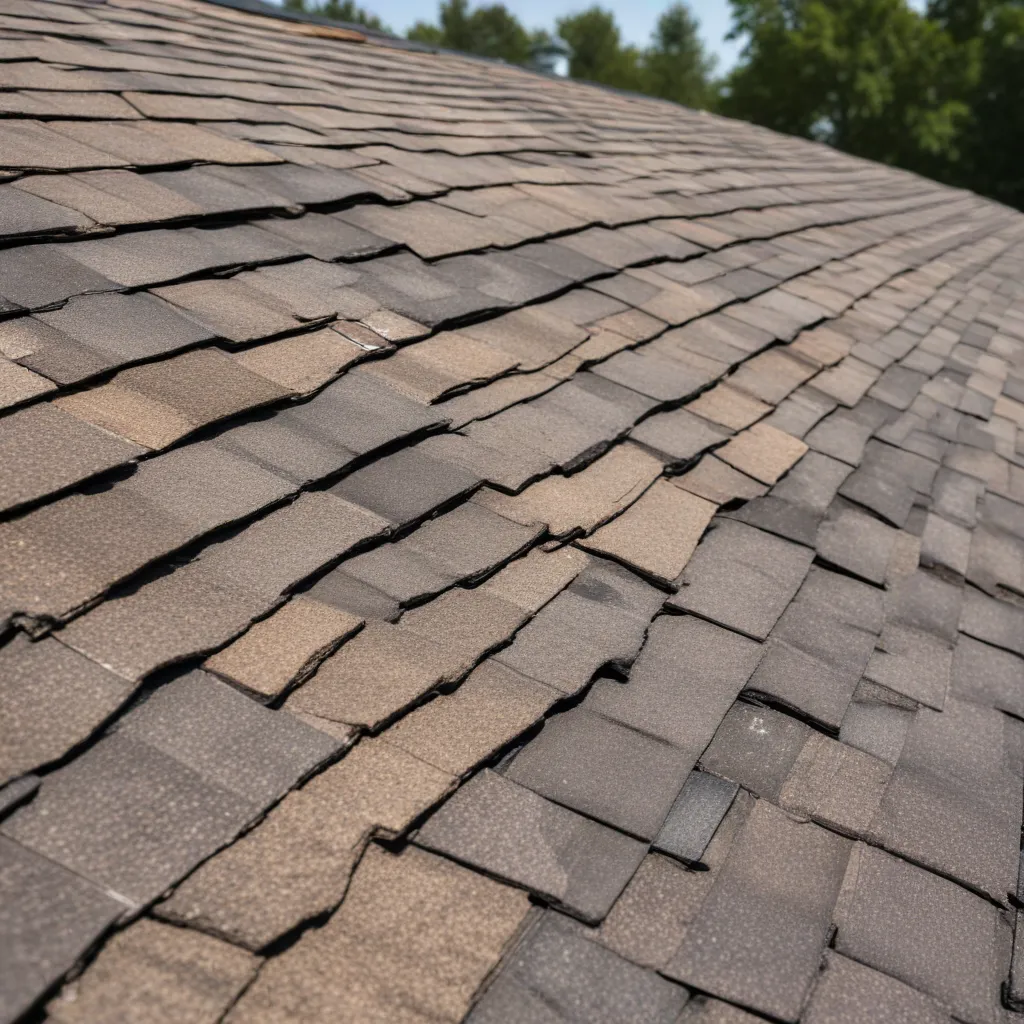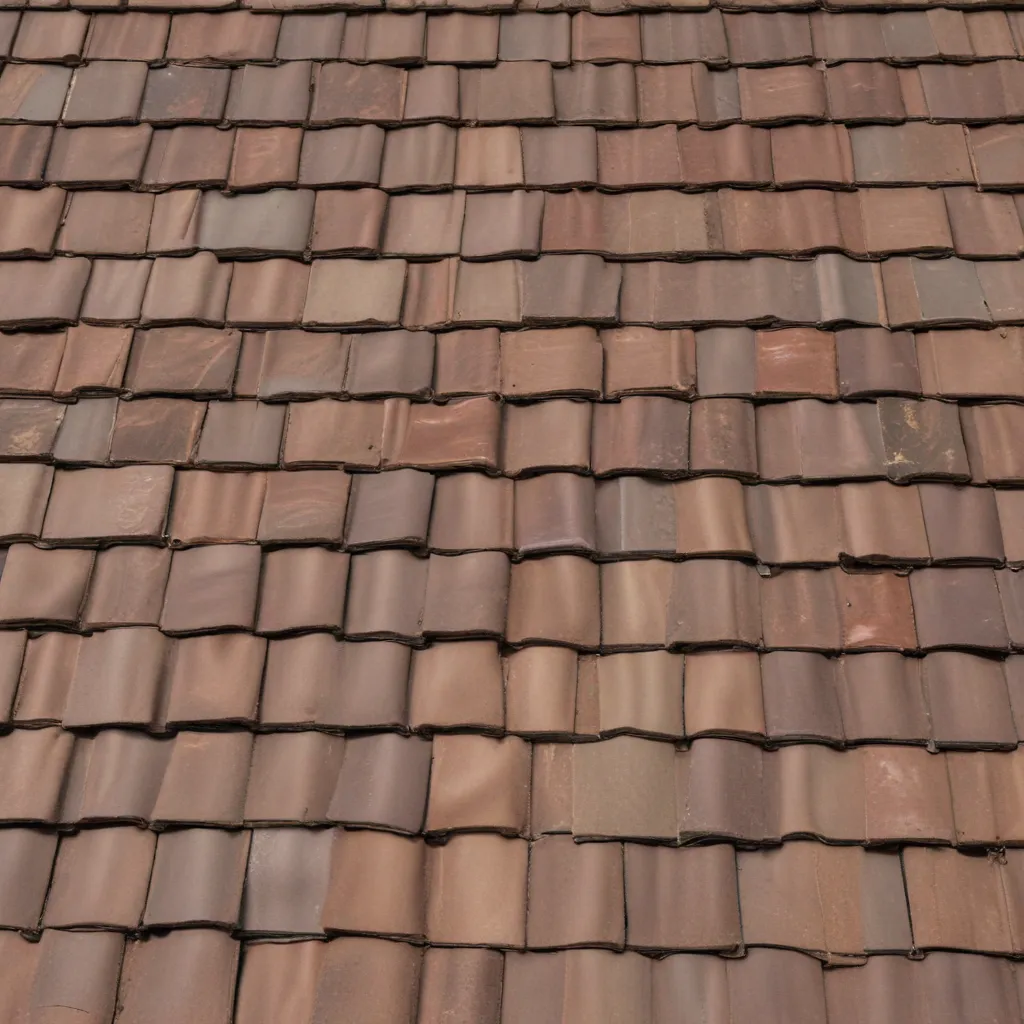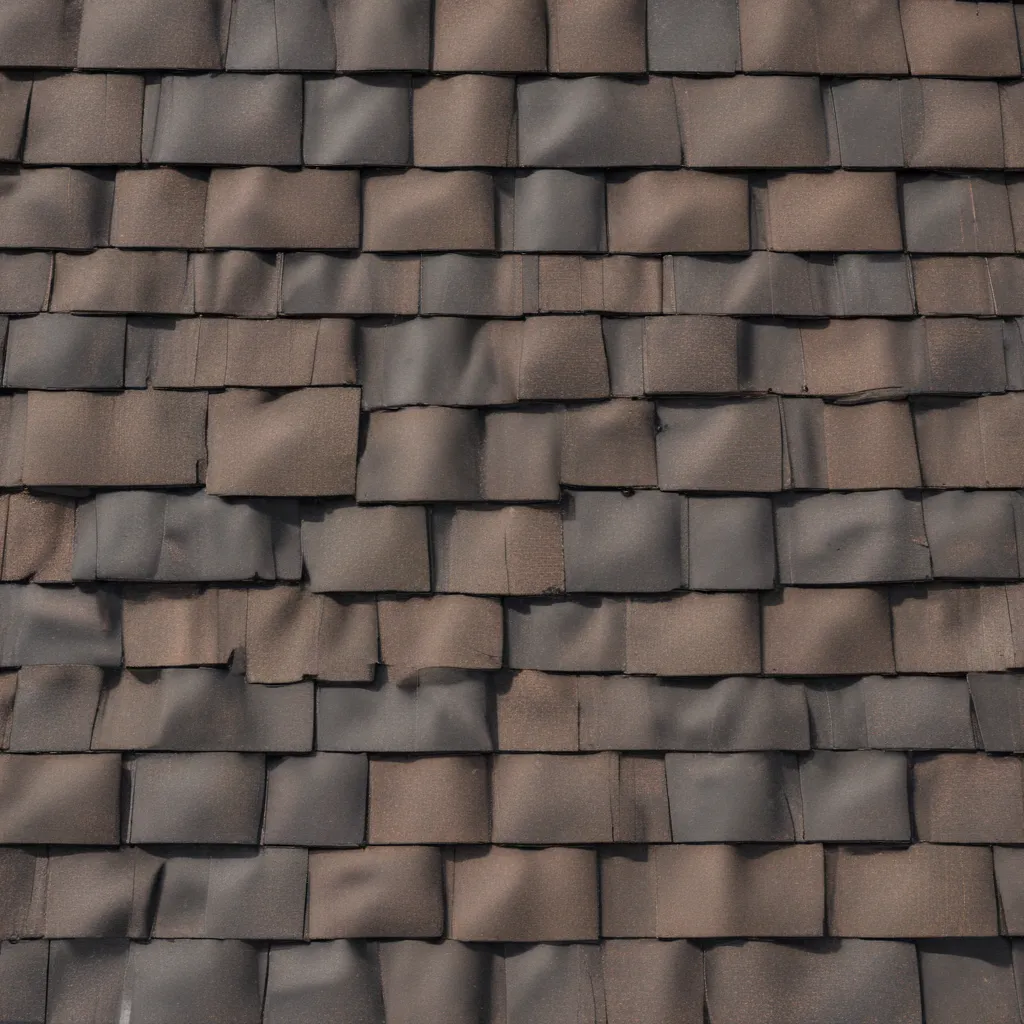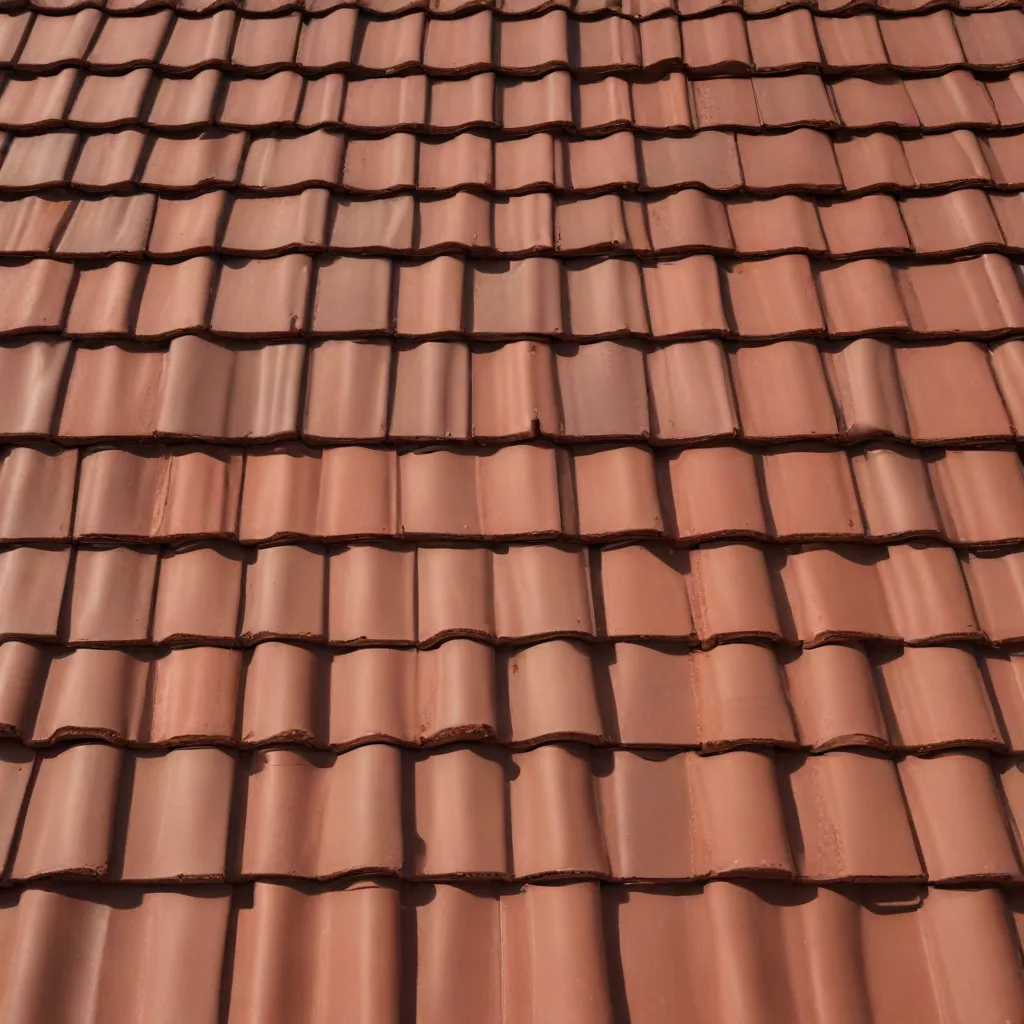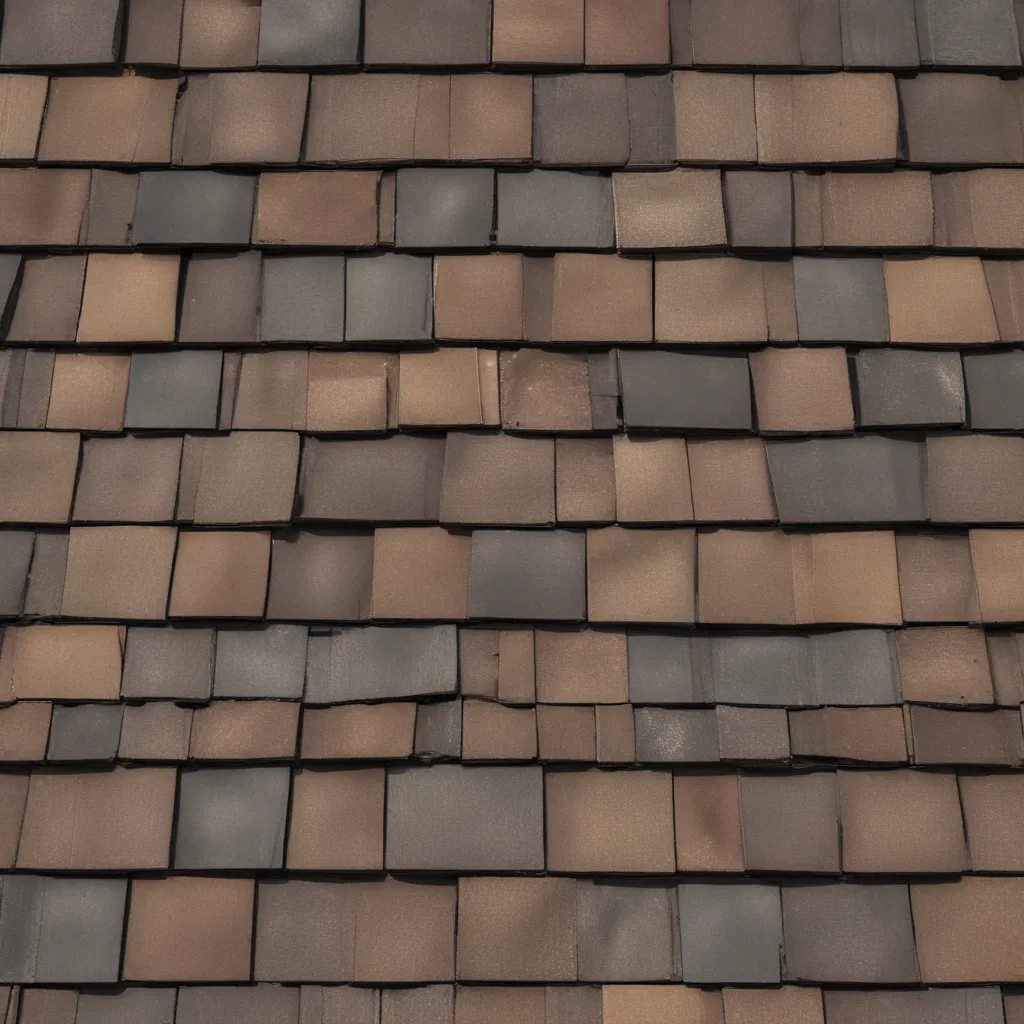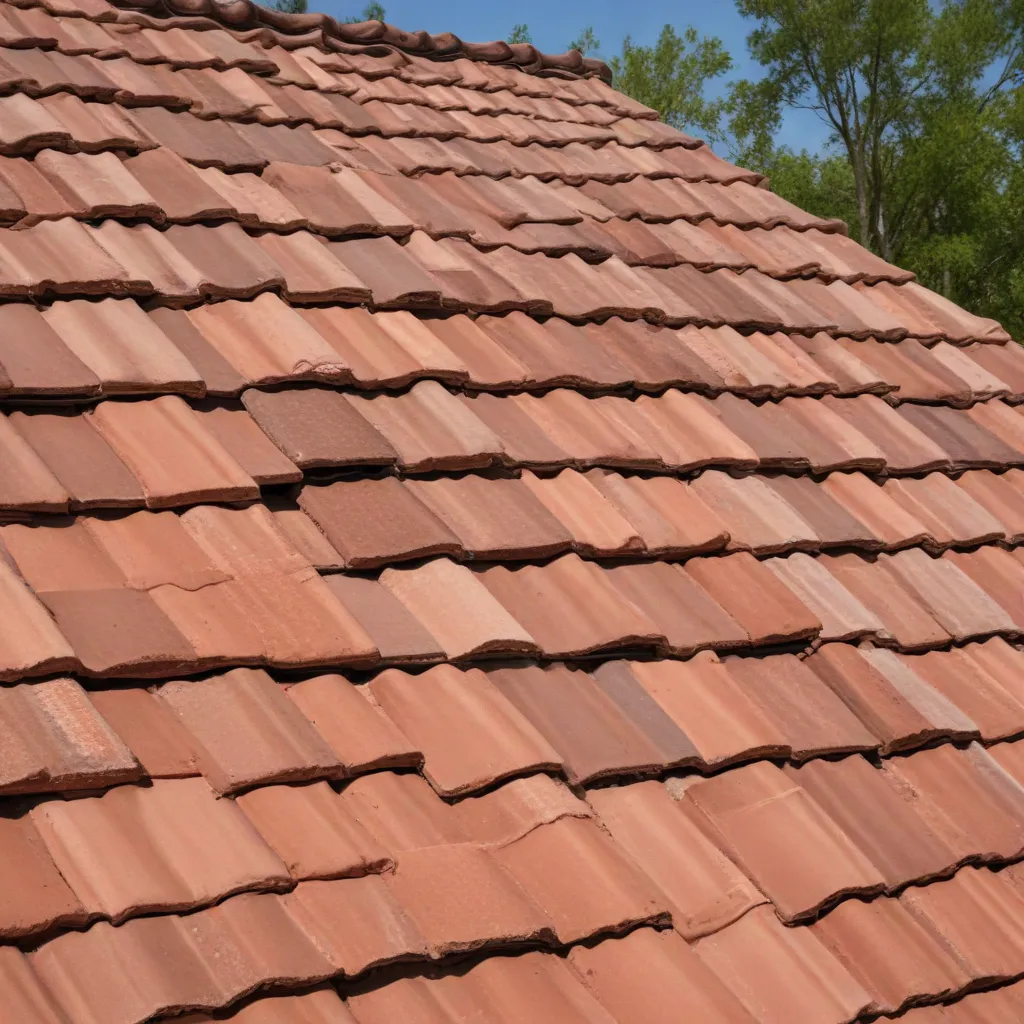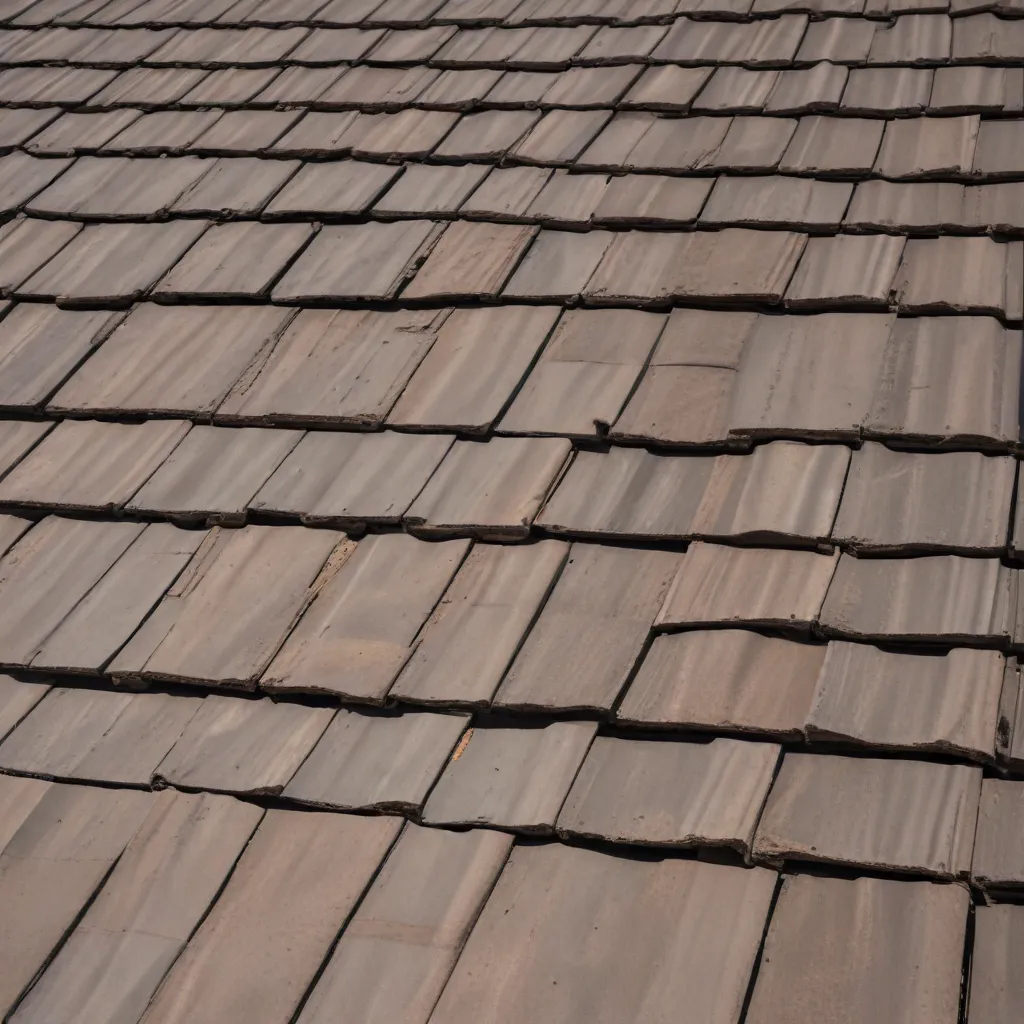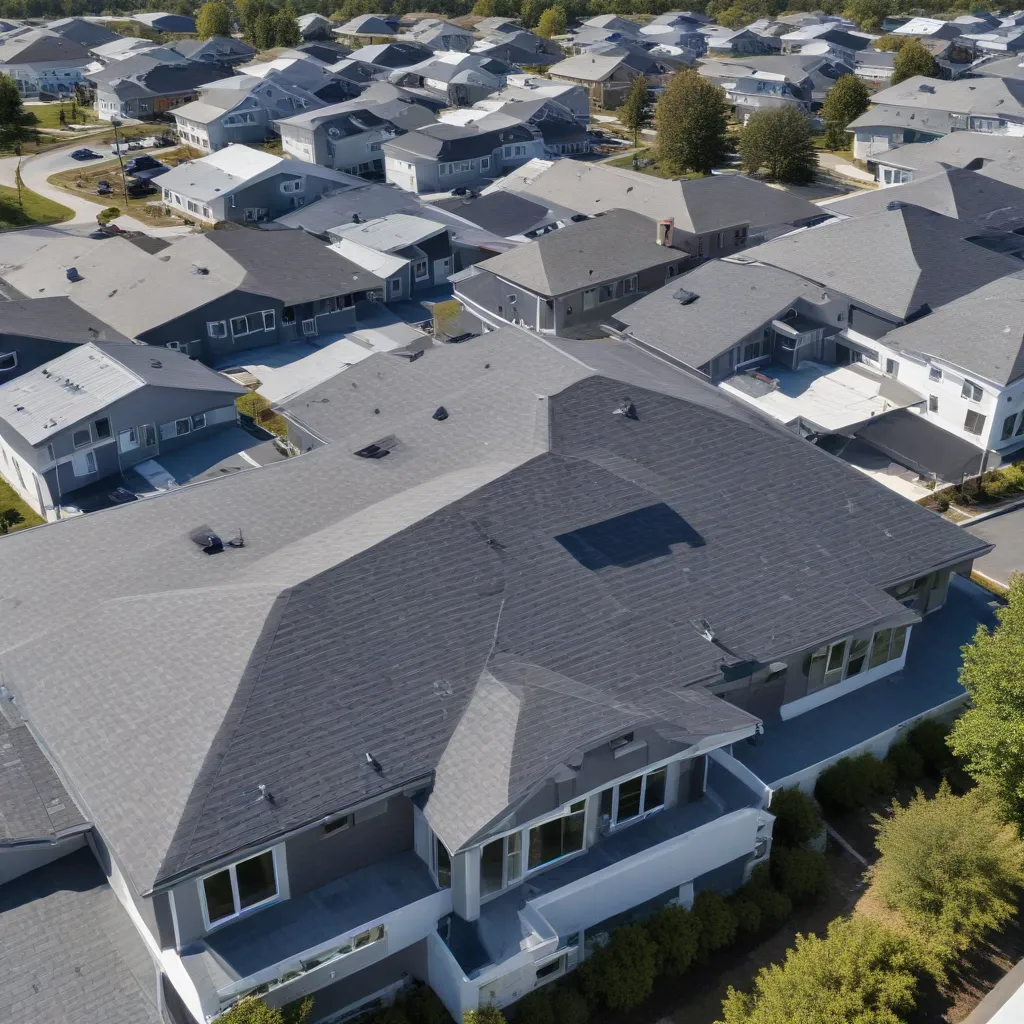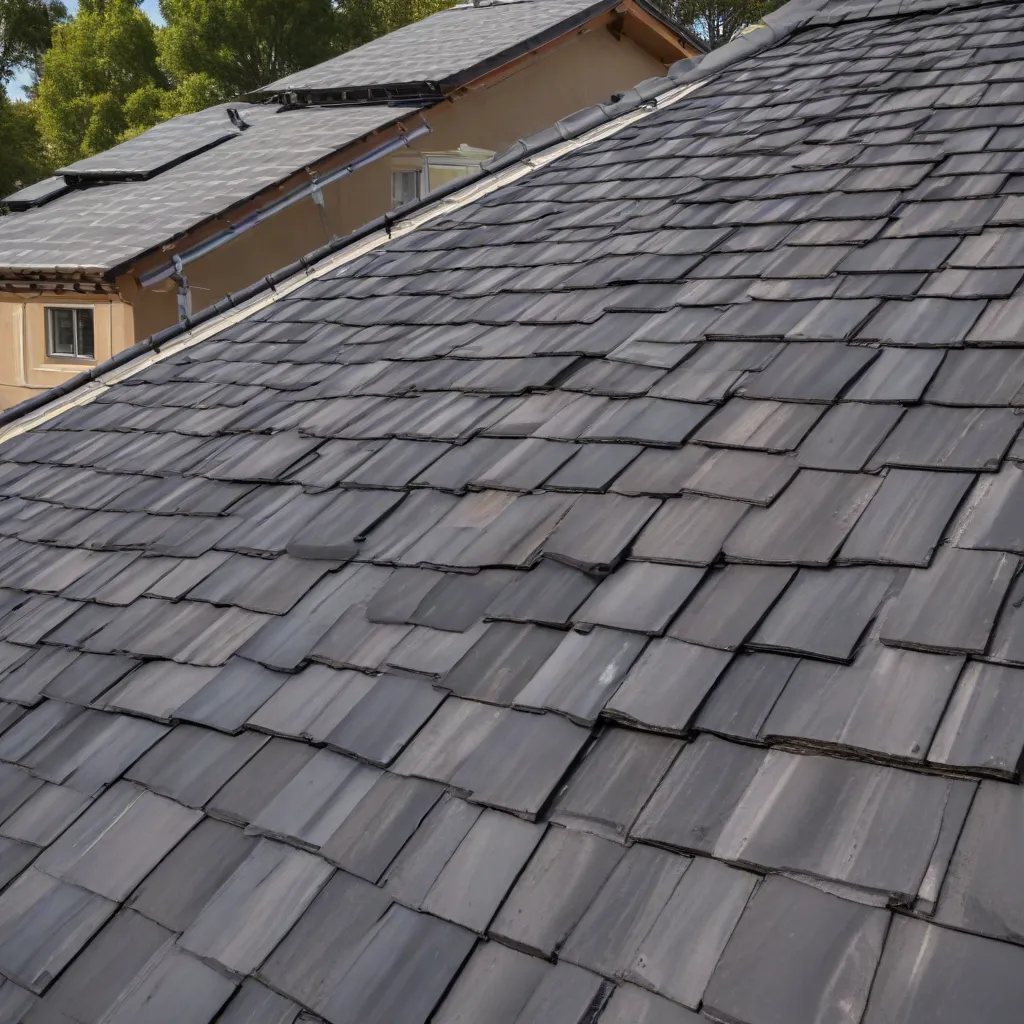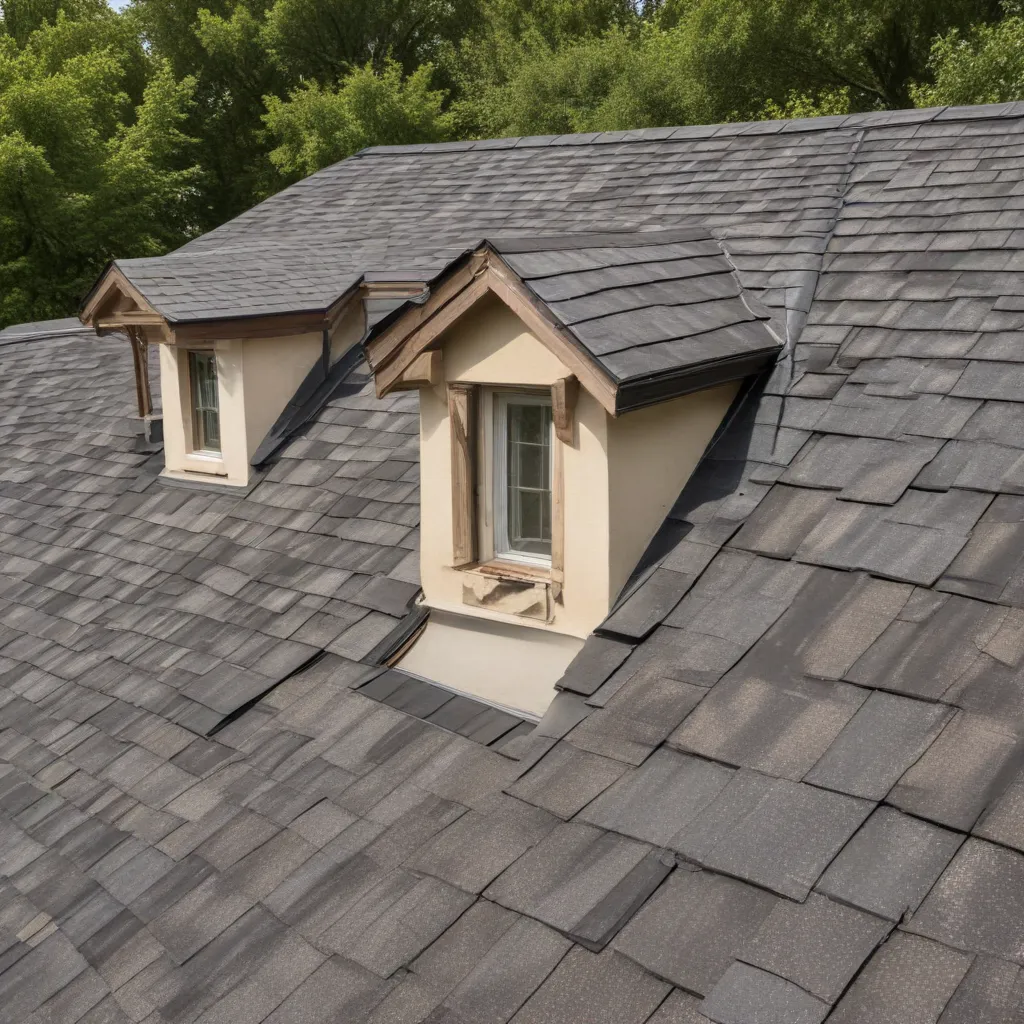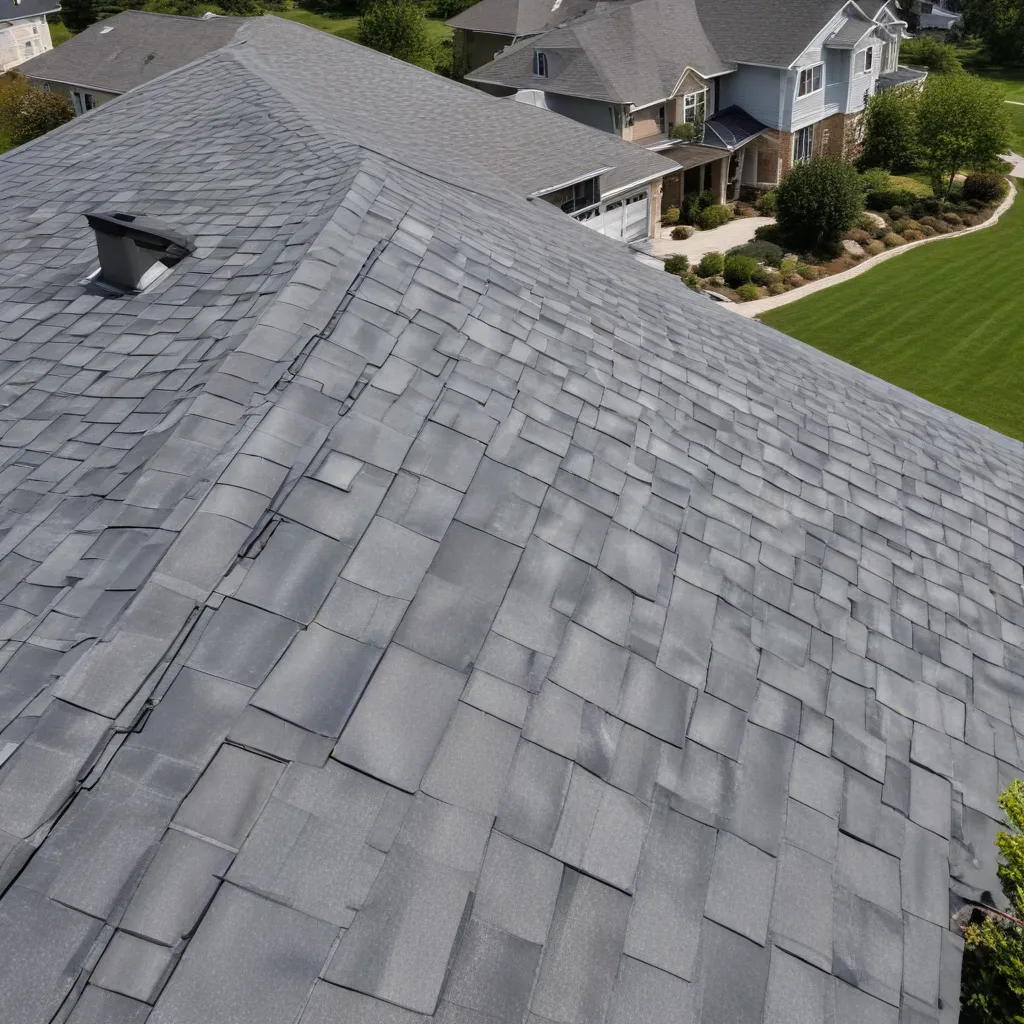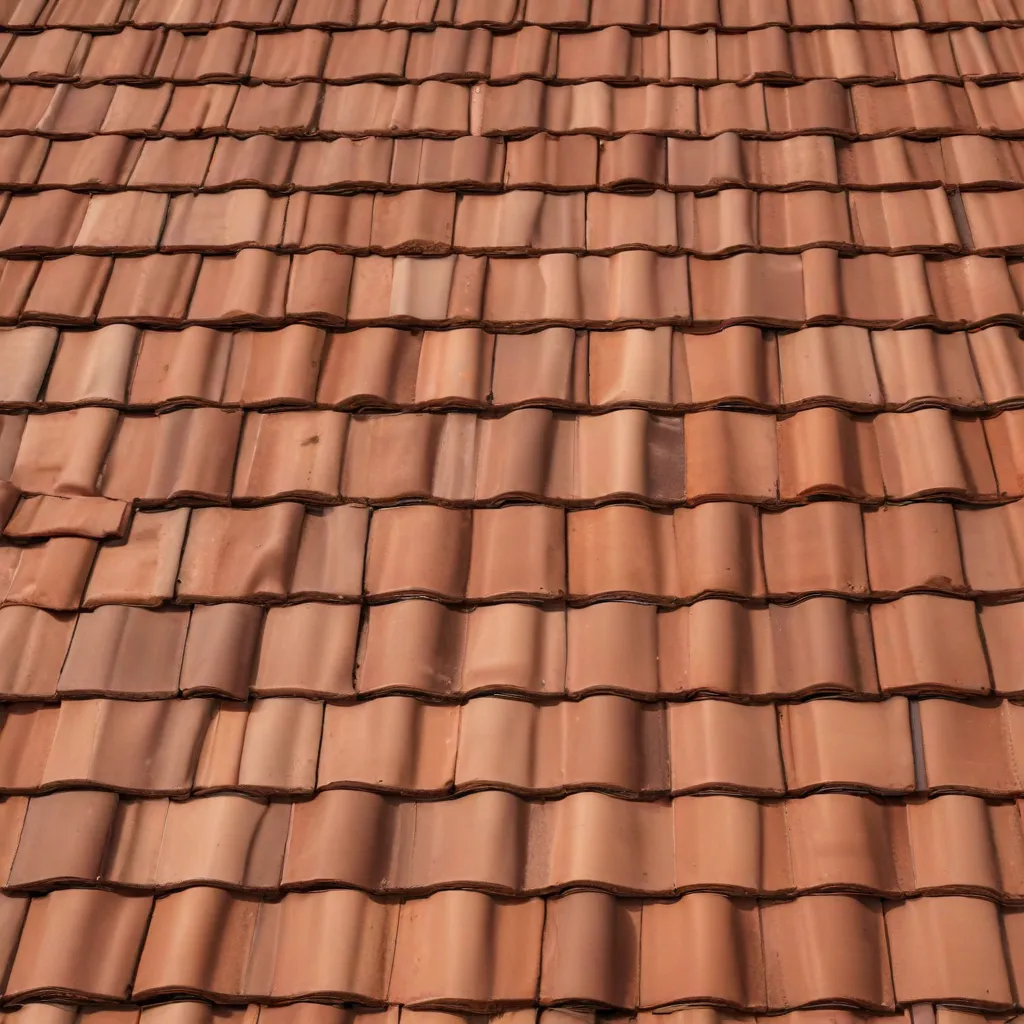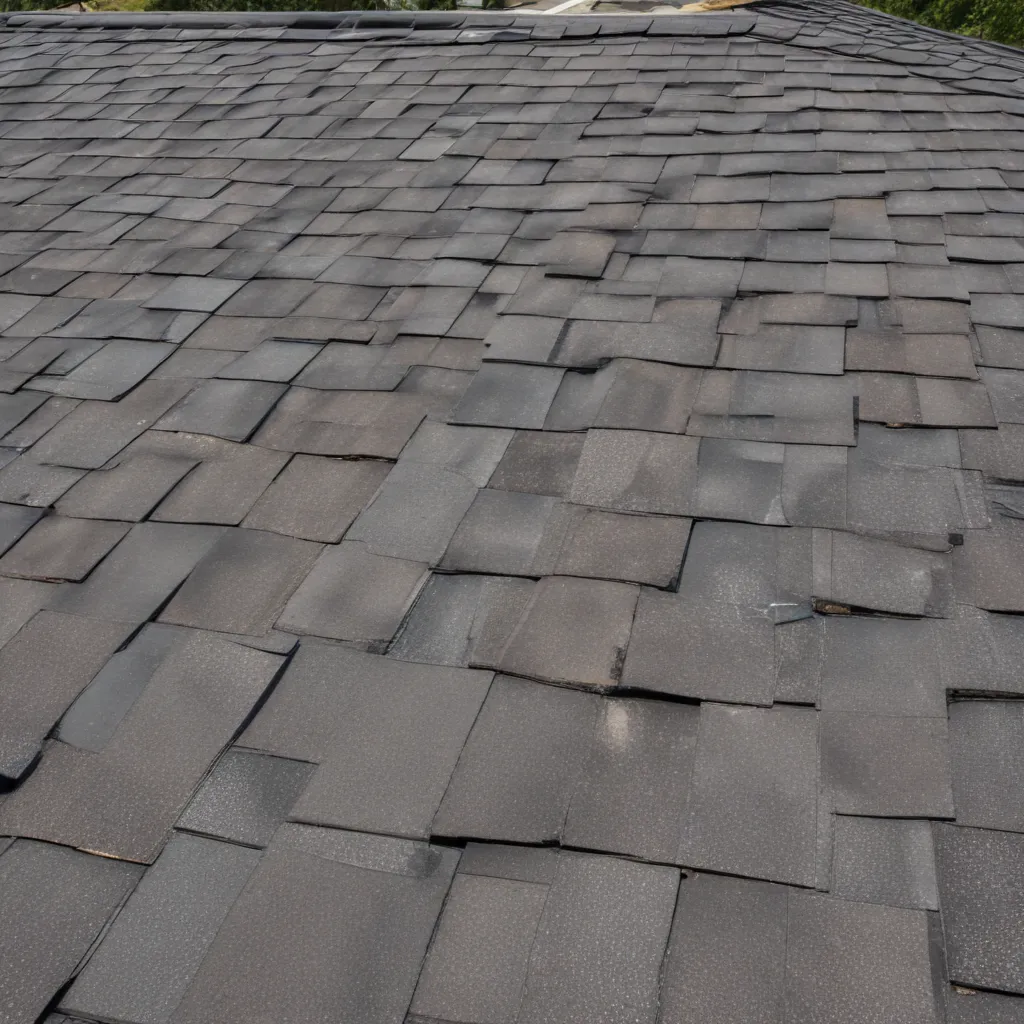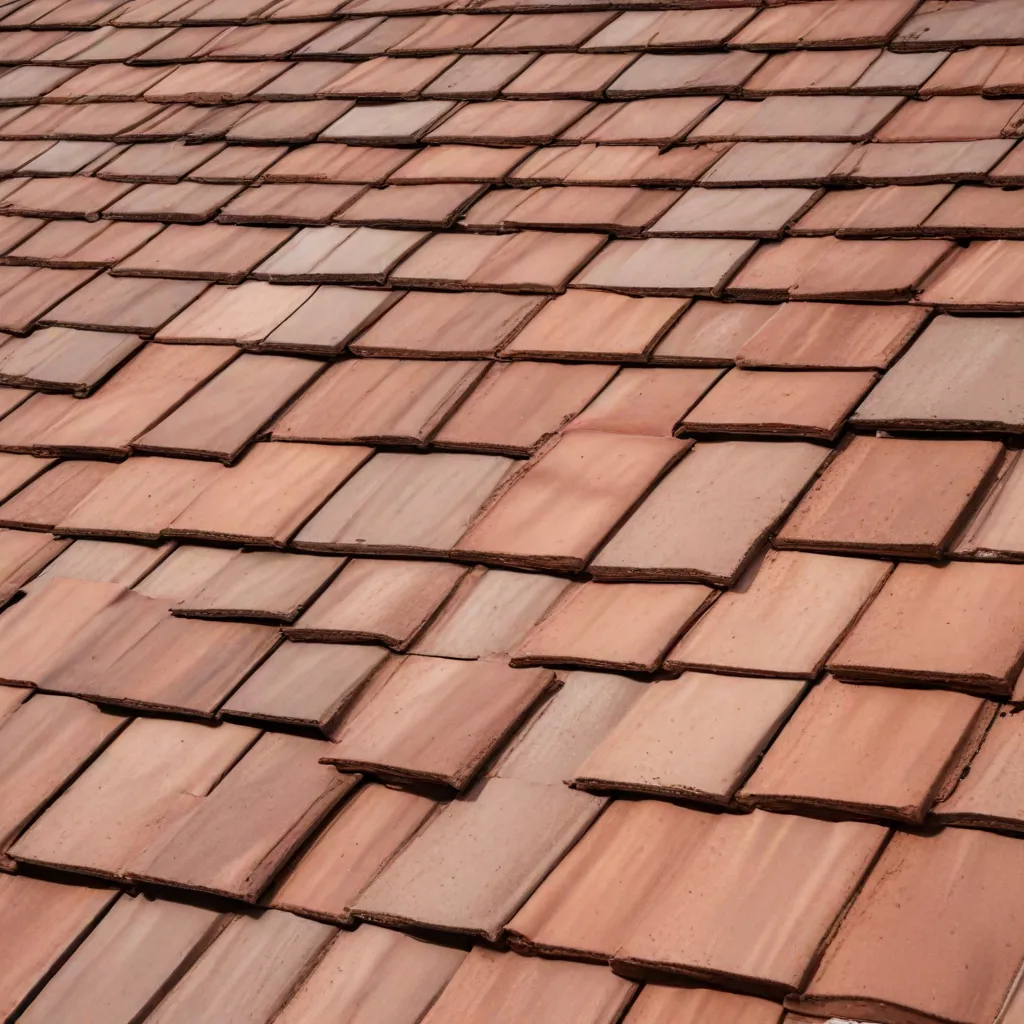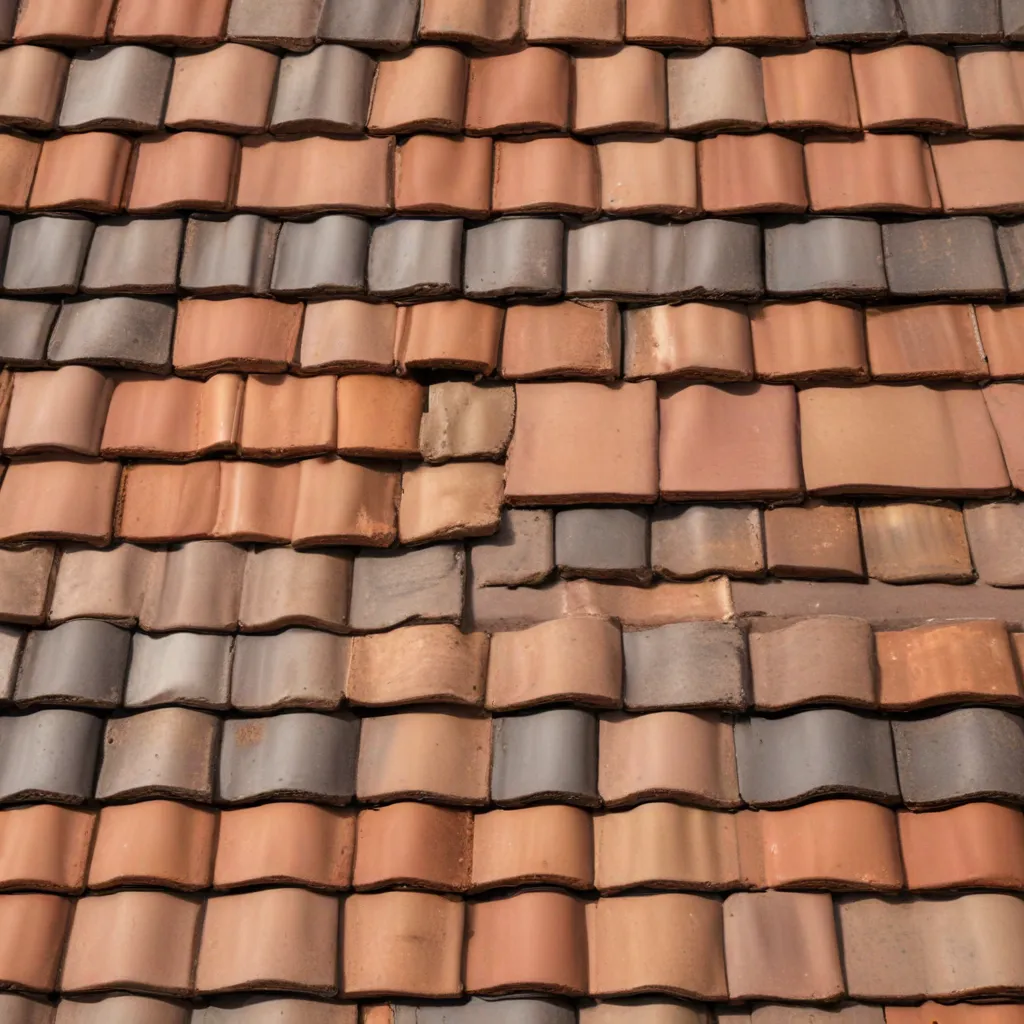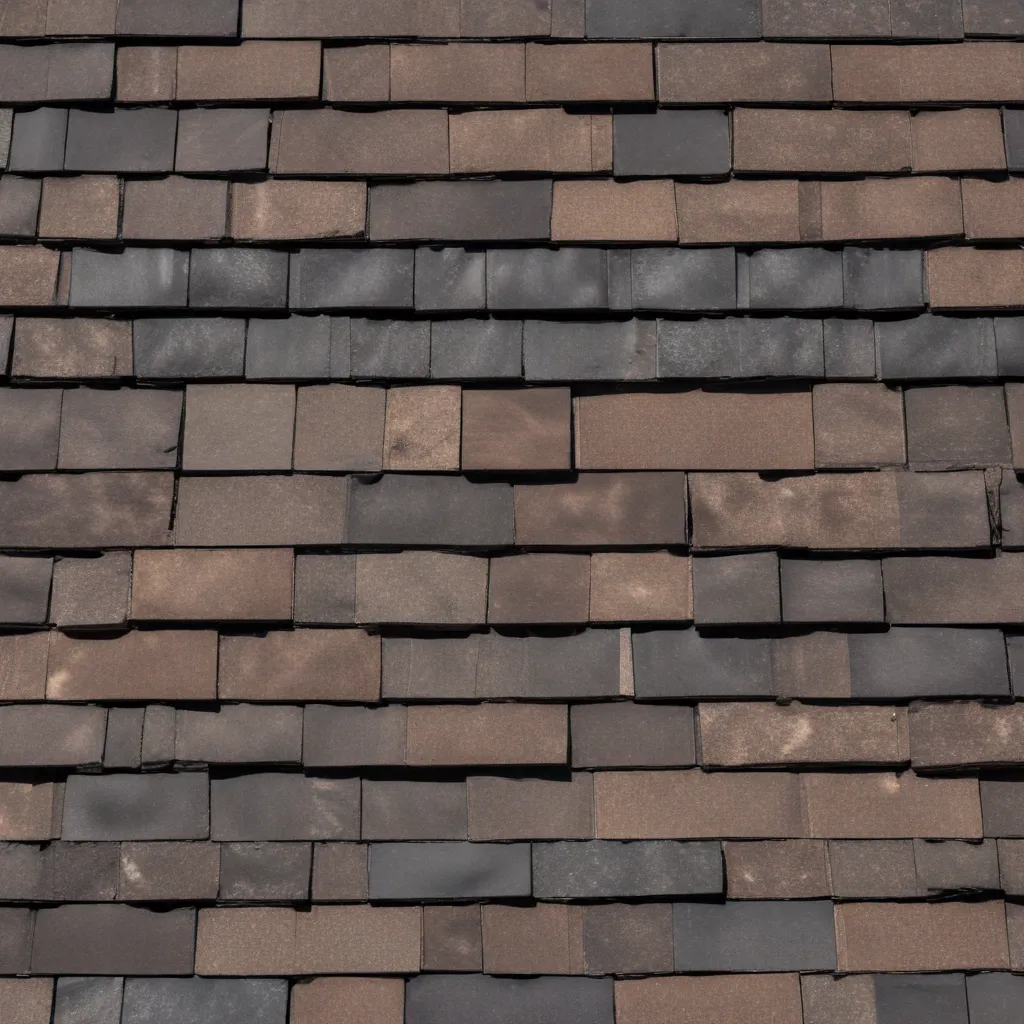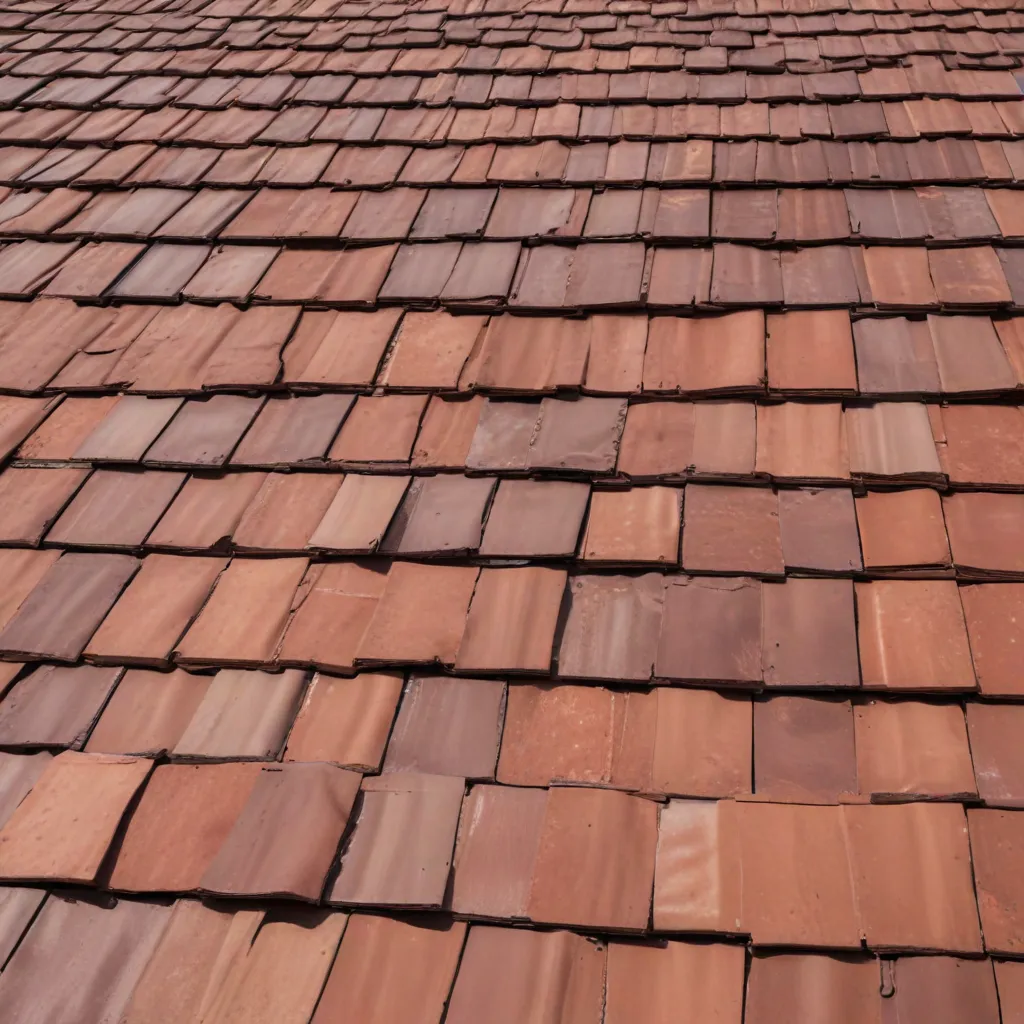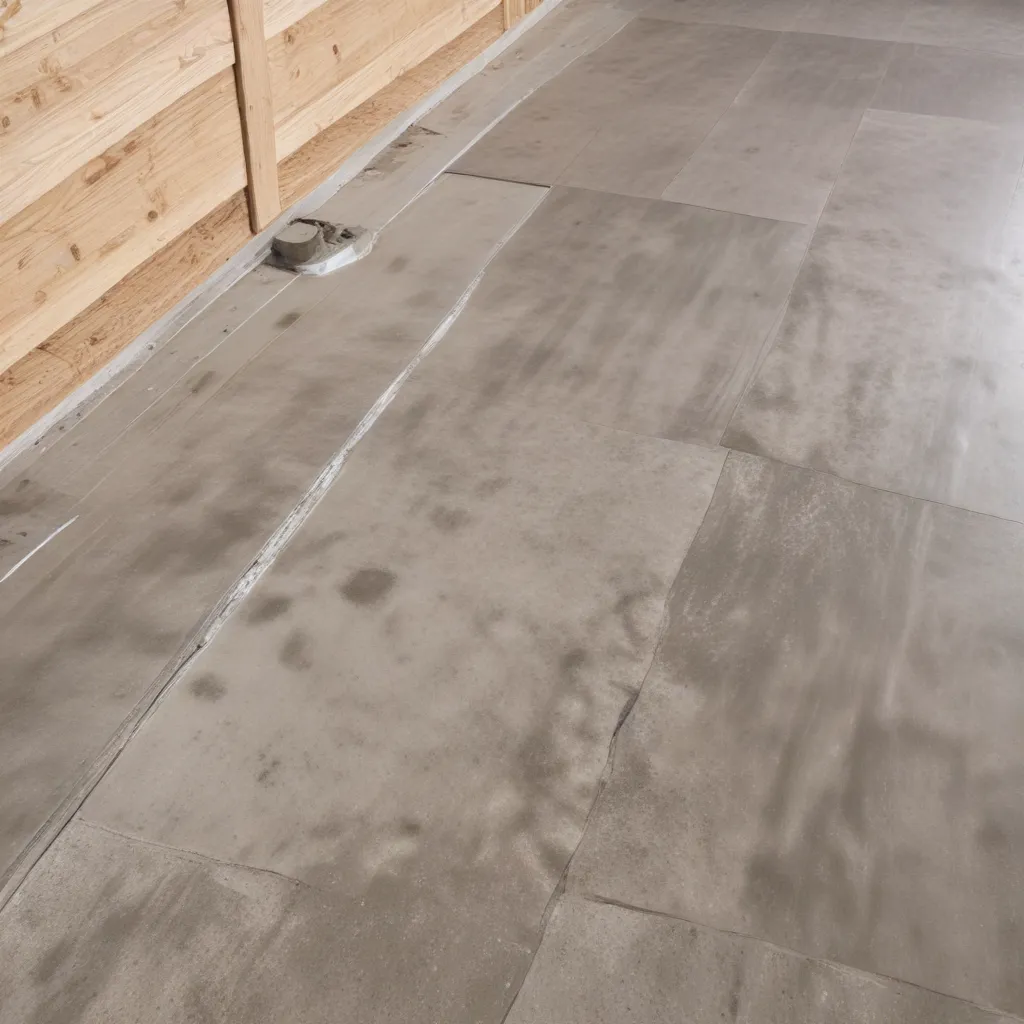
When it comes to protecting the integrity of your asphalt shingle roof, the right underlayment selection is paramount. This crucial component serves as the first line of defense against the elements, ensuring your home or building remains dry and secure, no matter what Mother Nature throws its way. In this comprehensive guide, we’ll explore the essential factors to consider when choosing the ideal underlayment for your roofing project, from material properties to installation techniques, waterproofing strategies, and ventilation requirements.
Underlayment Considerations
The performance and longevity of your roof depend heavily on the underlayment you choose. This secondary layer, installed directly on the roof deck, plays a crucial role in protecting your home from wind-driven rain, ice dams, and other moisture-related issues. When selecting the appropriate underlayment, it’s important to evaluate its material properties, as well as the installation factors that will impact its overall effectiveness.
Material Properties
Composition: Underlayment materials can vary significantly, ranging from traditional asphalt-based felts to modern synthetic options. Each type offers unique advantages in terms of water resistance, vapor permeability, and durability.
Water Resistance: A key factor in underlayment selection is its ability to prevent water infiltration. Impermeable underlayments, such as self-adhered membranes, provide a robust barrier against moisture, while permeable options like mechanically fastened synthetic felts allow the roof assembly to “breathe” and manage vapor.
Vapor Permeability: The movement of water vapor through the roof system is another important consideration. Underlayments with high vapor permeability can help regulate humidity levels and prevent condensation buildup, which can lead to mold, mildew, and structural deterioration.
Installation Factors
Proper underlayment installation is crucial for ensuring optimal performance and long-term waterproofing.
Subfloor Preparation: The condition of the roof deck, whether it’s plywood, oriented strand board (OSB), or another material, can significantly impact the adhesion and effectiveness of the underlayment. Ensuring a clean, dry, and level surface is essential.
Overlapping Seams: Carefully overlapping the seams between adjacent underlayment courses is crucial for creating a continuous, watertight barrier. The recommended overlap width can vary based on the specific underlayment product and the roof’s slope.
Fastening Methods: Securing the underlayment to the roof deck is another critical step. Mechanically fastened systems, such as those using roofing nails or screws, provide a secure attachment that can withstand wind uplift. Self-adhered underlayments, on the other hand, rely on their aggressive adhesive properties to create a strong bond.
Waterproofing Strategies
Protecting your roof from water intrusion is a primary function of the underlayment. By employing strategic waterproofing techniques, you can ensure that your asphalt shingle roof remains dry and resilient, even in the face of the most extreme weather conditions.
Moisture Barriers
Impermeable Underlayments: Certain underlayment products, such as self-adhered membranes and rubberized asphalt sheets, are designed to create an impermeable barrier against water penetration. These solutions are particularly effective in high-risk areas, such as valleys, eaves, and around penetrations, where the risk of leaks is elevated.
Sealing Overlaps and Edges: Ensuring a proper seal at the overlaps and edges of the underlayment is crucial for preventing water intrusion. This can be achieved through the use of specialized tapes, sealants, or the underlayment’s own self-adhesive properties.
Drainage Systems
Sloping Underlayment: Directing water away from vulnerable areas of the roof is essential for effective waterproofing. Some underlayment products are designed with a slight slope or integrated channels to facilitate the efficient drainage of water, reducing the risk of pooling and potential leaks.
Integrated Channels: Certain underlayment solutions feature built-in drainage channels or grooves that help guide water towards the roof’s edges, preventing it from seeping through the shingles and into the building interior.
Ventilation Requirements
Proper ventilation is not only crucial for maintaining a comfortable indoor environment but also plays a vital role in the longevity and performance of your asphalt shingle roof. Effective ventilation helps regulate temperature and humidity levels, preventing the buildup of moisture that can lead to mold, mildew, and premature roof deterioration.
Air Flow Management
Raised Underlayment Designs: Some underlayment products feature a raised or dimpled profile, creating a small air gap between the underlayment and the roof deck. This design facilitates airflow, improving ventilation and reducing the risk of condensation.
Perimeter Venting: Strategically placed vents, such as soffit and ridge vents, help create a balanced air circulation system within the attic space. This ensures that hot, moist air can escape while allowing fresh, cool air to enter, maintaining a healthy and well-ventilated roof assembly.
Humidity Control
Vapor Retarder Properties: Certain underlayment materials, like asphalt-based felts, can also function as vapor retarders, helping to manage the movement of moisture through the roof system. This can be particularly important in climates with high humidity or in buildings with elevated internal moisture levels.
Climate-Appropriate Solutions: The specific ventilation requirements for your roof may vary depending on the local climate and environmental conditions. Consulting with a roofing professional can help you determine the most effective underlayment and ventilation strategy for your project.
Performance Considerations
When selecting an underlayment, it’s important to consider not only its waterproofing and ventilation capabilities but also its long-term durability and thermal insulation properties. These factors can have a significant impact on the overall performance and energy efficiency of your asphalt shingle roof.
Durability
Tear Resistance: Underlayments should be able to withstand the rigors of the installation process and the ongoing stresses of the roof system, including foot traffic, wind, and other environmental factors. Tear-resistant materials can help prevent damage and ensure a longer service life.
Compressive Strength: In some applications, such as steep-slope roofs or areas with heavy foot traffic, the underlayment may need to withstand significant compressive loads. Selecting an underlayment with sufficient compressive strength can help safeguard its integrity and prevent structural deformation.
Thermal Insulation
R-Value Characteristics: The thermal insulation properties of the underlayment can contribute to the overall energy efficiency of your roof assembly. Some synthetic underlayment products are designed with enhanced R-values, helping to improve the thermal performance of the roof and potentially reducing heating and cooling costs.
Energy Efficiency: By selecting an underlayment that provides effective insulation and helps regulate temperature fluctuations, you can improve the overall energy efficiency of your building, leading to long-term cost savings and a reduced environmental impact.
Navigating the world of roofing underlayment can be a complex task, but with a thorough understanding of the key factors, you can ensure that your asphalt shingle roof is protected, ventilated, and performing at its best. By carefully considering the material properties, installation methods, waterproofing strategies, and ventilation requirements, you can make an informed decision that will safeguard your home or building for years to come.
For more information on Genuine Roof Systems’ comprehensive range of high-performance underlayment solutions, please visit https://www.genuineroofsystems.com.

